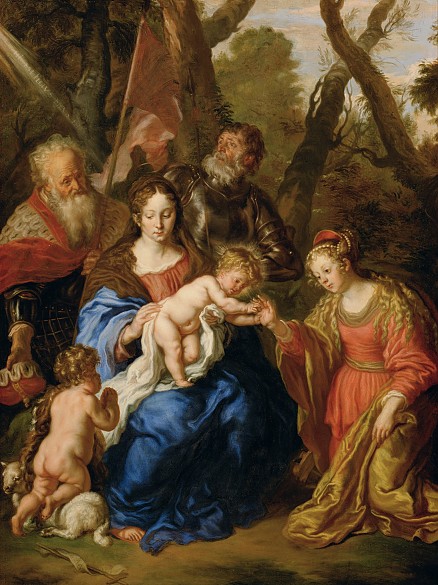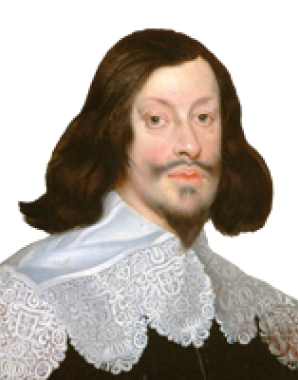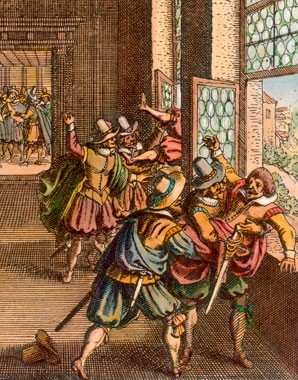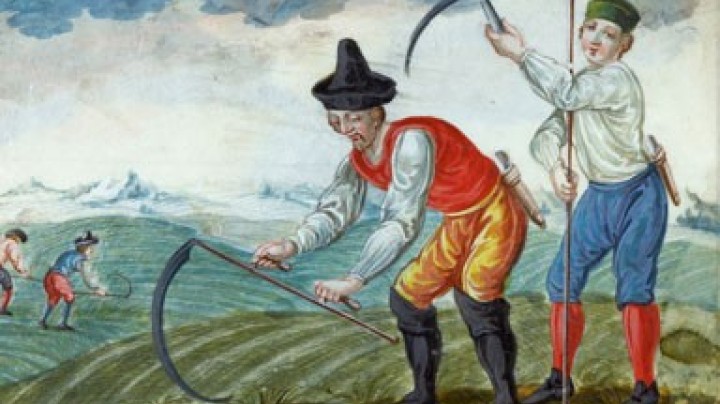Foreign dominance in the Austrian painting sector
Painters suffer from the dwindling number of imperial commissions. Italians and Germans dominate the market. Sandrart reports.
The Thirty Years’ War wreaked havoc on Habsburg support for the arts: when the court was moved from Prague to Vienna the system of patronage established by Rudolf II vanished. Although Ferdinand III (r. 1637–1657) commissioned a number of churches and was a patron of music, comprehensive support for the arts did not start again until the reign of Leopold I.
As a consequence of these adverse conditions, Austrian painting of the seventeenth century – in contrast to the sculpture that was in such high demand in churches and monasteries – produced little in the way of independent achievements. The lack of a native tradition meant that it was dominated by foreign influences, particularly from Italy, with commissions mostly being entrusted to artists from Germany or Italy. A number of important works were executed by Joachim von Sandrart (1606–1688), who travelled widely in Europe. Embodying the type of the ‘international’ artist, he was in touch with the most important painters of his time.
Based on his own experiences, he compiled a collection of artists’ biographies called the Teutsche Akademie, today one of the most important source works for seventeenth-century painting. In his own painting he drew on various stylistic models according to the subject he was treating. Dated 1647, the painting of the Holy Family today preserved in the paintings gallery of the Kunsthistorisches Museum was a copy of a composition by Albrecht Dürer. It was a gift from Archduke Leopold Wilhelm to Emperor Ferdinand III.
















